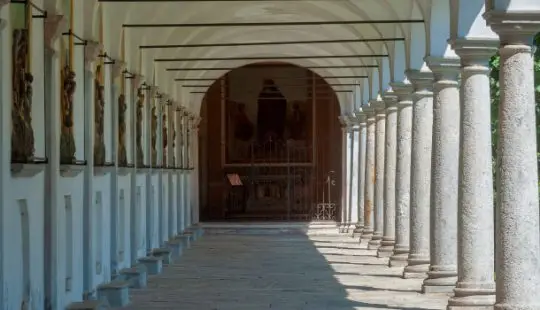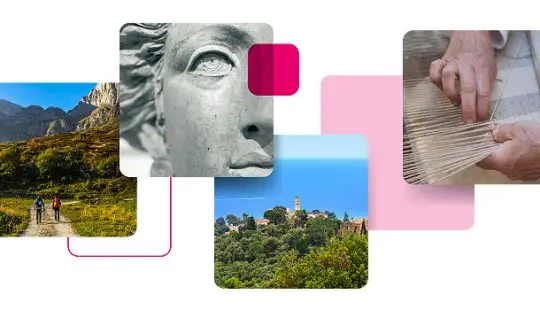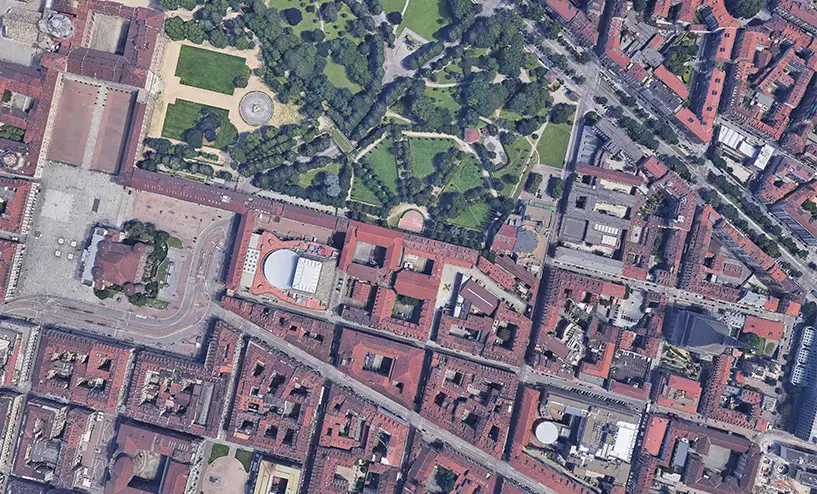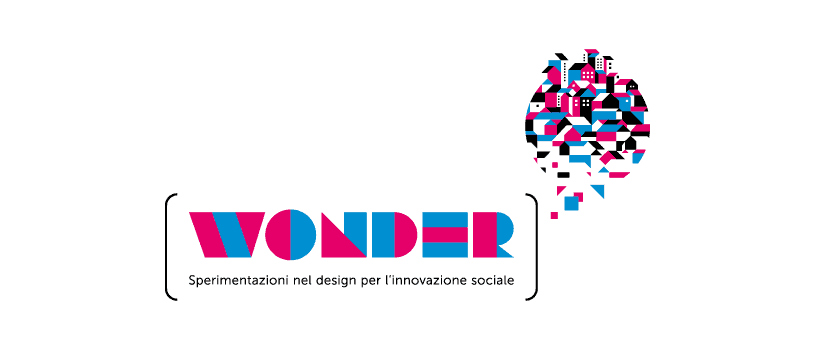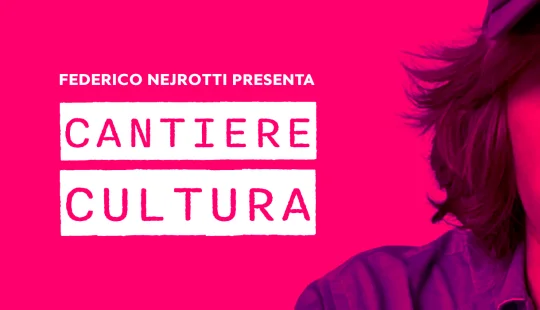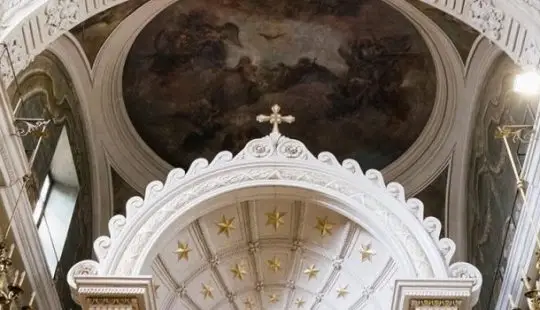We leverage the full value of the cultural and creative identity of every geographical area, to make it a more attractive and user-friendly destination for tourism. We strive to turn every area’s resources into a growth opportunity for all the people who live there and all the people who choose to build opportunities for learning, employment and economic and social development there.
Our work is divided into various areas of intervention.
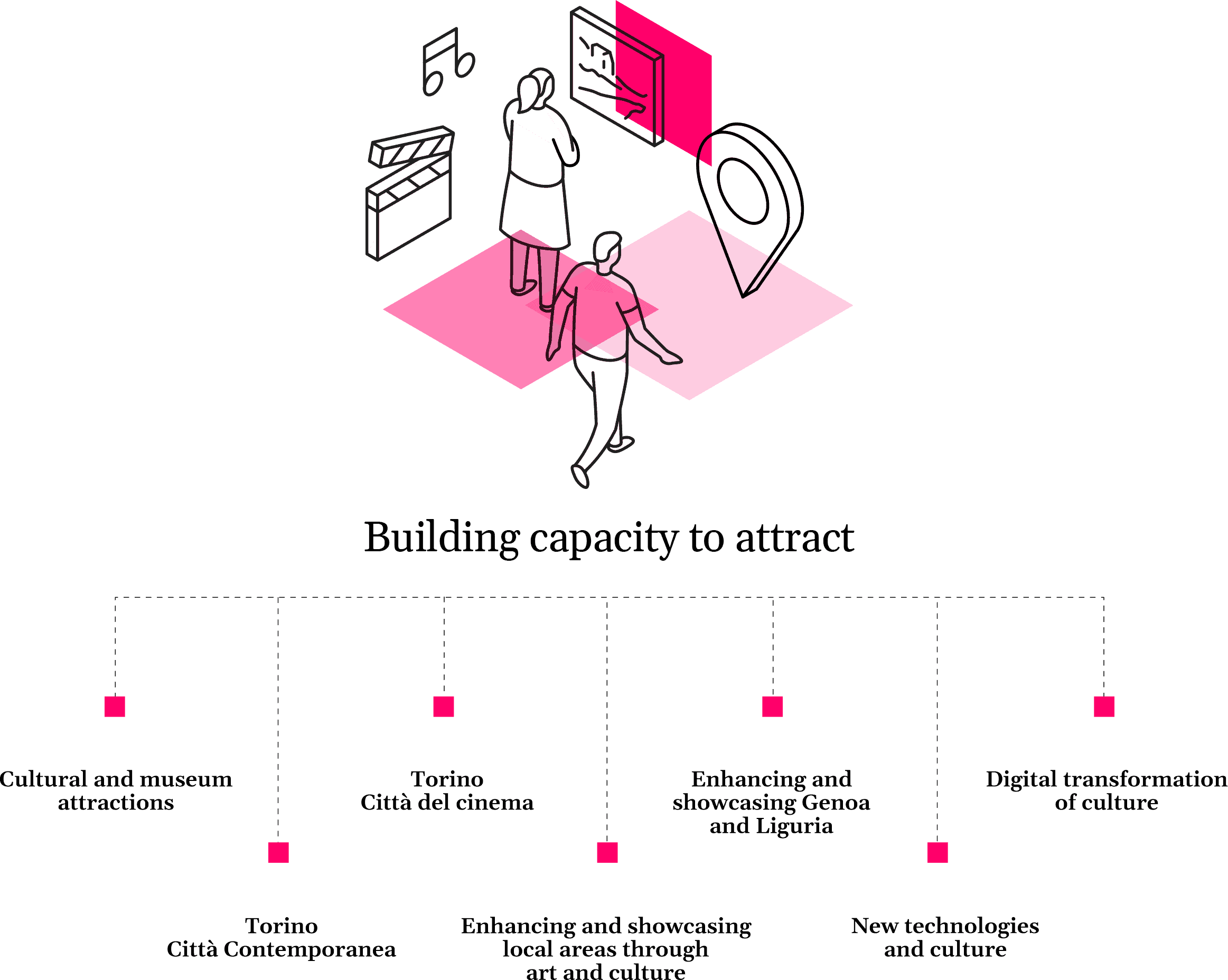
Within the framework of the overarching Culture Goal, the Building capacity to attract mission promotes the ability of places to attract people and skills, through culture and creativity. Using the United Nations 2030 Agenda as a guide, we endeavour to recognise the unique cultural and creative features and identities of distinct urban and rural areas, so as to endorse, position and showcase these features, with a view to boosting the social, cultural and economic development of the areas concerned.
Local cultural identity
We have identified the most significant subjects for showcasing the cultural identity of individual areas, such as the Residences of the House of Savoy, contemporary culture, cinema, design and performing arts, and for each subject we have identified a series of representative cultural attractions, such as Rivoli Castle and the National Museum of Cinema.
Thanks to continuous collaboration with the areas in question, we can observe the relationship between these attractions and their cultural, economic and tourist contexts, to help us develop studies, solutions and intervention policies that boost their capacity to attract, by strengthening their culture and creativity, by various means, including calls for proposals such as Places of Culture.
Planning and positioning
Starting from the cultural identities of each area and its most emblematic attractions, we plan and build specific projects for their development. The aim is to position these identities and communicate them to a wider public in Italy and beyond, so as to turn them into hubs of attraction.
Torino città contemporanea is a significant example of this, because it brings together all the organisations that have been working in contemporary forms of creative expression in Turin for many years, such as Artissima, TorinoDanza and Club To Club.
Establishing solid networks
Building capacity to attract also involves promoting, supporting and fostering local and international networks among people who help raise the profile of physical or cultural places. Promoting connections and sharing practices increases the potential of every intervention, boosts its effectiveness and turns the cultural sector into a magnet of attraction of the local area.
Innovation and new technologies
We appreciate how the implementation of new technologies and the advancement of innovation culture helps improve the way cultural heritage is managed and turned to account. This further increases visits to cultural sites and events, which in turn has a very positive impact on capacity to attract.
The most significant action in this respect is the call for proposals entitled SWITCH – Tools and Strategies for Digital Transformation in Culture. Prompted by the need to open up new opportunities for the cultural sector through the use of technology, it has been warmly welcomed, in a clear sign of the sector’s vitality and interest in innovation.
Sustainable model
The effectiveness of every stage of project development under the Building capacity to attract mission – from defining the cultural identity of individual areas, to developing intervention policies, networks and new technologies – is dependent on the single framework of values and methods provided by the United Nations Sustainable Development Goals. Culture thus acts as a catalyst for creating a sustainable model that then embraces all the related social, economic and environmental aspects.
